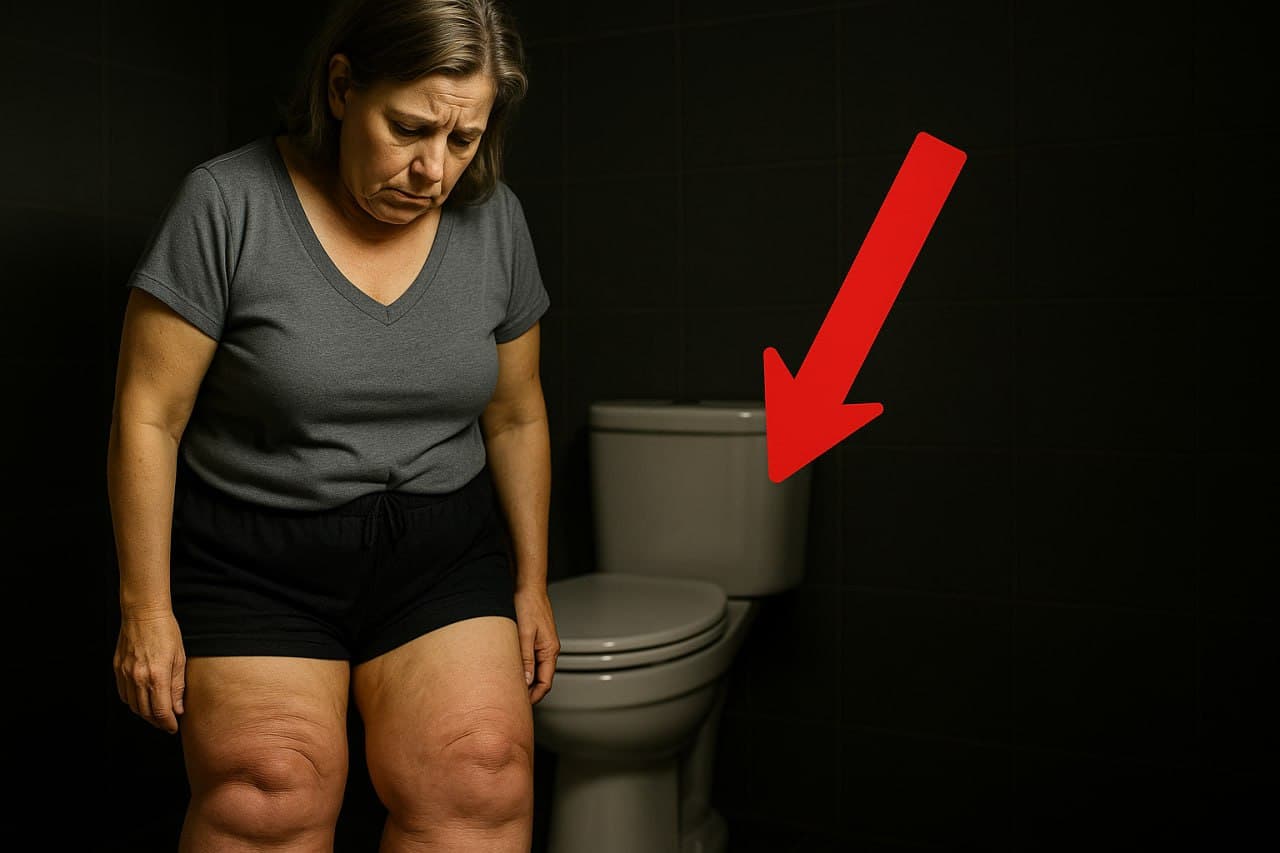Overcoming a Spastic Leg: What Works
Muscle spasticity is characterized by involuntary contractions of the muscles that make them feel stiff or tight. Differentiating this from other forms of muscle tightness is crucial since spasticity is noted for its velocity-dependent response. That is, the faster a muscle is stretched, the more it contracts involuntarily.
A significant part of managing spasticity is through movement-focused stretching exercises. This approach gradually acclimates the muscles to a lengthened state, reducing reactive contractions. This routine consists of exercises targeting the hip, knee, and ankle joints.
The initial phase focuses on the hip joints through internal and external rotations. Applying weights around the knees aids in the smooth rotation of the hips, effectively stretching the muscle and avoiding immediate contractions.
To enhance hamstring flexibility, the kneecaps should be maintained straight with a knee immobilizer. Anchoring resistance bands on a wall help in maximizing the stretch by lifting the leg gently, focusing on a controlled, gradual motion.
The routine concludes with rhythmic stretching to prevent joint hyperextension commonly seen in spasmodic conditions. Focus on maintaining a slight knee bend during calf stretches using a wedge for a more profound effect.
Accompanying the detailed description of exercises is a PDF handout available to members. By joining the program, individuals gain constant access to useful resources and structured routines that facilitate ongoing health management beyond the exercises outlined.
Sign-up details for access can be found on the official website, aiding in structured muscle management regimes.
From Around The Web
Wellness Inbox is a blog & weekly newsletter that curates trending news and products related to health and wellness from around the web. We also gather content from various sources, including leading health professionals, and deliver it directly to you.
Please note that we may receive compensation if you purchase any products featured in our newsletter. Wellness Inbox is not affiliated with, nor does it endorse, any health professionals whose content may appear in our newsletter. The information provided is for general informational purposes only and should not be considered medical advice.
The information provided is not intended to replace professional medical advice, diagnosis, or treatment. All content, including text, graphics, images, and information available is for general informational purposes only. We do not guarantee the accuracy or completeness of any information presented and assume no liability for any errors or omissions. The content is subject to change without notice. We encourage you to verify any information with other reliable sources and consult your physician regarding any medical conditions or treatments.







